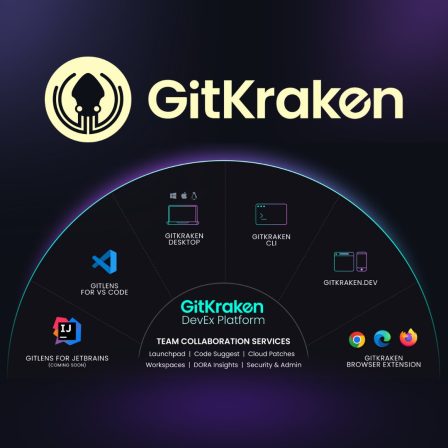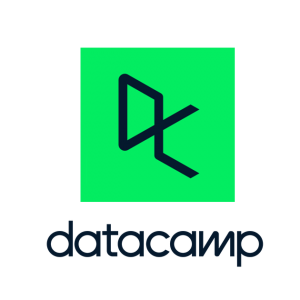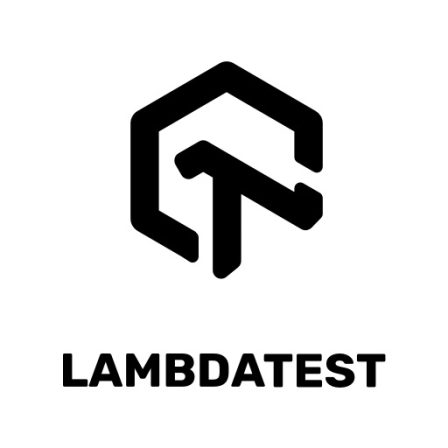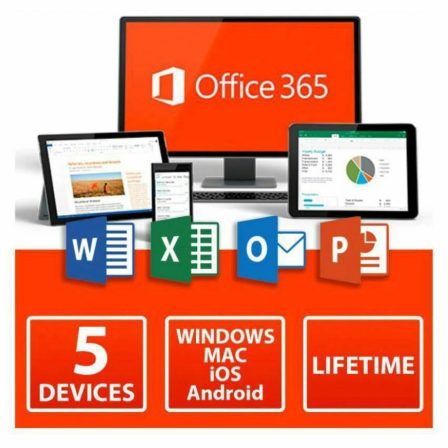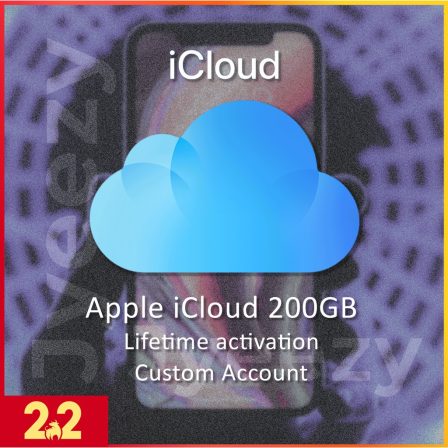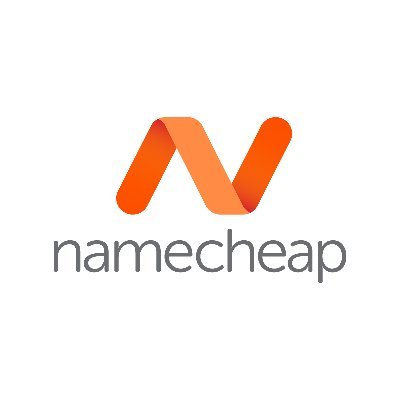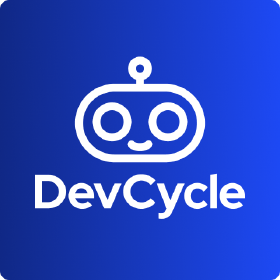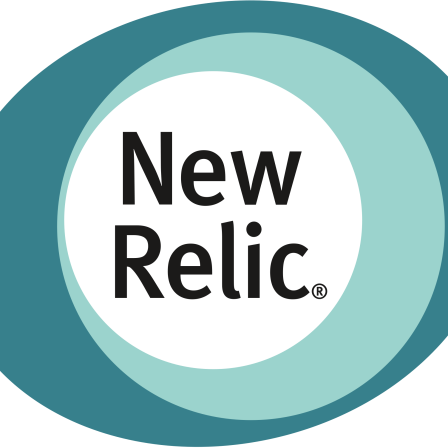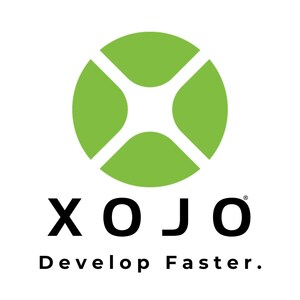There is no item in your cart
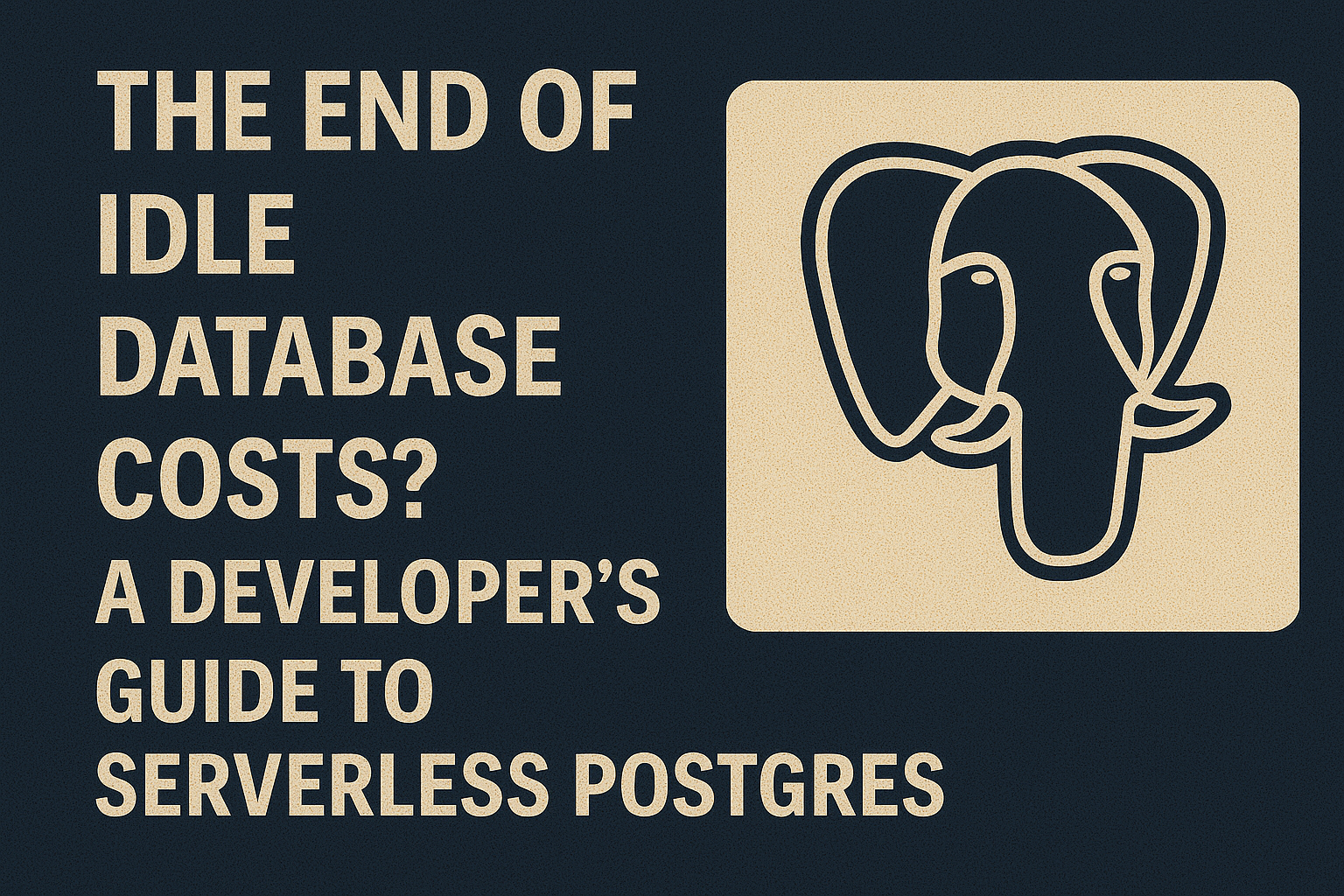
The End of Idle Database Costs? A Developer’s Guide to Serverless Postgres
For decades, using a relational database like PostgreSQL meant facing a critical decision upfront: what size server do I need? You’d provision an instance, pay for it 24/7, and hope you guessed the right size. For development, staging, and low-traffic applications, this often meant paying for a server that was sitting idle 99% of the time.
That entire paradigm is now changing. The “serverless” model, which transformed how we run application code, is now revolutionizing the world’s most-loved relational database. Platforms like Neon are making Serverless Postgres a practical reality for every developer. This guide breaks down what it is and why it might be the default choice for your next project.
What “Serverless” Actually Means for a Database
First, let’s clear up a misconception: “serverless” doesn’t mean there are no servers. It means you don’t have to manage them. The core architecture of serverless Postgres is built on two principles:
- Separation of Storage and Compute: Your data is stored in a durable, multi-regional storage layer that is always on. Your computing power—the part that actually runs your SQL queries—is treated as a separate, on-demand resource.
- Scale-to-Zero Compute: When your database is not receiving any queries, the compute instance automatically shuts down completely. When a new connection arrives, a compute instance spins up in milliseconds to serve the request.
The result? You only pay for what you actually use: the amount of data you store, and the seconds your compute instance is active.
The Key Benefits: Why Developers Are Adopting It
- Massive Cost Savings: This is the most obvious win. For development, staging, and preview environments, you can have hundreds of databases, and you’ll pay next to nothing for them when they’re not in use. No more paying for idle servers overnight and on weekends.
- Effortless, Instant Scaling: A serverless database automatically scales up to handle traffic spikes and scales back down to zero when inactive. You never have to think about resizing your database instance again.
- Instant Database Branching: This is a killer feature offered by platforms like Neon. You can create an instant, copy-on-write “branch” of your entire production database in seconds. This allows every developer to have their own isolated, fully-populated database environment for testing new features without affecting production or running up huge storage costs.
When Should You Use Serverless Postgres?
- Development & Staging Environments: This is the absolute sweet spot. It dramatically cuts costs for non-production environments.
- Preview Deployments: Automatically create a unique database branch for every pull request, allowing for perfect end-to-end testing.
- Low-traffic Applications: Ideal for personal projects, internal tools, and startups that have intermittent or unpredictable traffic.
- Serverless Backends: The perfect companion for serverless functions (like AWS Lambda or Vercel Functions) that connect to a database infrequently.
Conclusion
Serverless Postgres represents a fundamental shift in how we work with relational data. It eliminates the friction, cost, and management overhead of traditional database provisioning, allowing developers to move faster and build more efficiently. While high-traffic, consistently busy applications might still benefit from a dedicated instance, for a huge number of modern workloads, the future of Postgres is undoubtedly serverless.
Choosing the right database architecture is crucial, but so is having the right tools to manage it. No matter what database you choose, a powerful client like [Navicat Premium from SMONE] helps you visualize, query, and interact with your data effortlessly. Explore our collection of developer tools to build a truly modern workflow.


